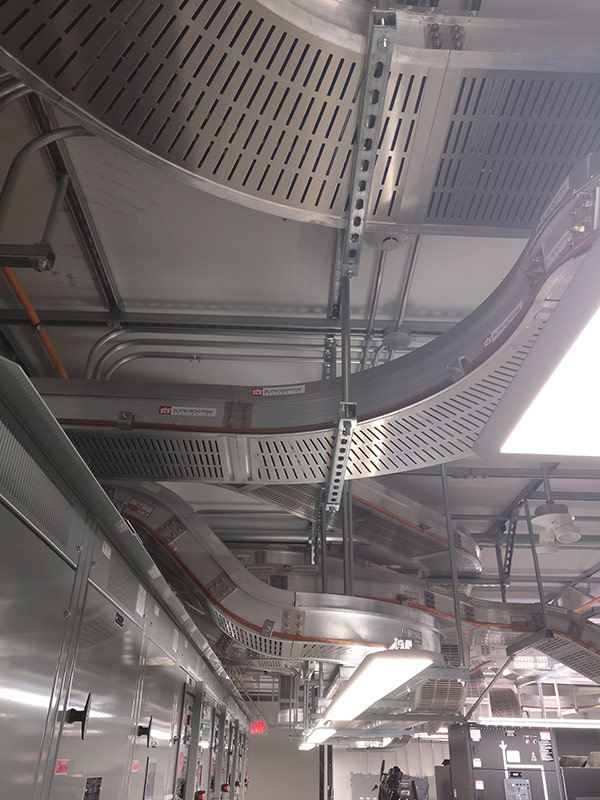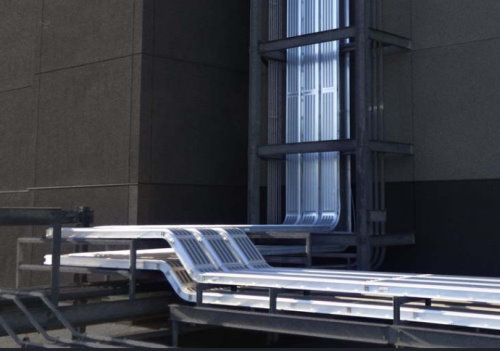Busbars are used in electrical power distribution systems and their main function is to ensure that the current does not exceed the normal operating range of equipment. The quality of a busbar depends on its cross-section area, material type, design and if it is air-cooled or water-cooled.
Voltage drop refers to the difference between what the voltage should be at any given point in an electrical system and what it actually measures at that point. It can occur due to line resistance, wire insulation resistance, the proximity of nearby objects like high conductivity trees or buildings with metal frames. This article explores the level of voltage drop a busbar can withstand.
What is a Voltage Drop?
A voltage drop is a difference in voltage between two points. In an electrical system, it can often be a result of resistance within the circuit or load. The power that is lost to this resistance must then come from somewhere else in the circuit, which may change other parameters such as current and/or impedance. A high voltage drop can cause problems for circuits due to a lack of available energy being supplied by their source.
There are many reasons for this occurrence; some are related to environmental factors, while others may be due to aging or wear-and-tear on wiring. The most common cause is defective equipment or an overloaded circuit breaker. If a voltage drop occurs your electronics may not work properly, or at all, so it is important to identify the root cause as soon as possible.

What Percentage of Voltage Drop is Acceptable?
The question of what percentage of voltage drop is acceptable has been asked several times. The answer to this question depends on a variety of factors such as the type, size, and location of the wire. However, it is important to remember that any decrease in voltage can be detrimental for electrical equipment, circuit breakers or devices.
Application is also an important factor to pay attention to. For example, a small amount of voltage drop can be tolerated for small residential lighting applications, but not for industrial machinery or electric power lines.
In general, most experts recommend at least 3% voltage drop per branch circuit with up to 6% allowed for some circuits such as lighting circuits. However, this will vary depending on your specific needs and wiring layout so it is important to have an electrician inspect your home’s electrical system before implementing any changes yourself.
We cover Electrical Grids: What are Bus and Busbar? in this article.
How to Calculate Voltage Drop
It can be calculated by subtracting the voltage reading at the load from that at the source. This is not to be confused with power loss, which is measured in watts. Voltage drop calculations are important for determining how much power will get to your destination if you use long wire lengths or high voltages.
In this article, we review What is Cable Bus? Superior Cable Bus Explained.
Functions of a Busbar
The primary function of a bus bar is as an electrical conductor and it does this job well because it has no resistance. This means that whatever power is running through the wire will be transferred without any loss inefficiency. Busbars are also used for transferring high currents from one circuit to another or they can be used as heat sinks if there is too much current flowing through them. Lastly, if you have something like a generator that needs two separate circuits but only has one output terminal, then using two parallel busbars will work great. The advantages of busbars include their large surface area, which creates a low resistance path between it and the load; they are also easy to install, maintain, and repair.
We review What is HV and LV Power Distribution Systems in this article.
The Voltage Drop a Busbar Can Withstand
A busbar is a metal bar that transfers electrical power from one point to another. Busbars are typically used in industrial and power generation settings where high voltage powers have to be transferred over long distances. The amount of voltage drop for a low voltage bus bar depends on the load, which is usually found by using an online calculator or conducting a simulation.
Busbars are typically used to carry high voltage direct current or alternating current, and when they are used for such purposes, the bars may be insulated with either ceramic or rubber material to prevent contact between the metal of the conductor and any grounded object, which could cause an electric shock. In order for this form of protection to work properly, it is important that you use insulators rated at least as high as your voltage drop rating.
Questions? Call us 253-579-4473 or contact us now to discuss your project
Frequently Asked Questions
Q: What are common bus bar materials?
A: Copper bus bar is the most common bus bar material, followed by aluminium busbar. Both are good electrical conductors and have a low resistance to current flow.
Q: What is the current carrying capacity of copper busbar?
A: The current carrying capacity of copper busbar depends on a number of factors, including the thickness and width of the busbar, as well as the temperature and ambient conditions. Generally speaking, copper can carry currents up to around 250 amps without any problems. However, it’s always best to consult with a qualified electrician to get an accurate estimate for your specific application.




